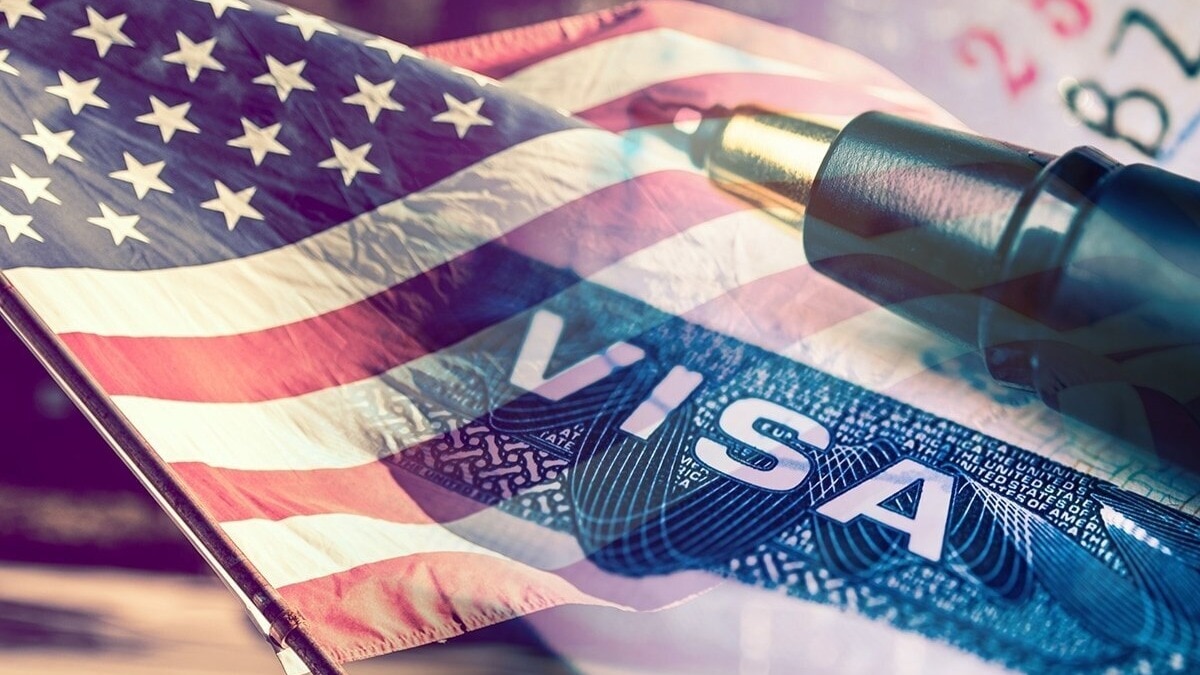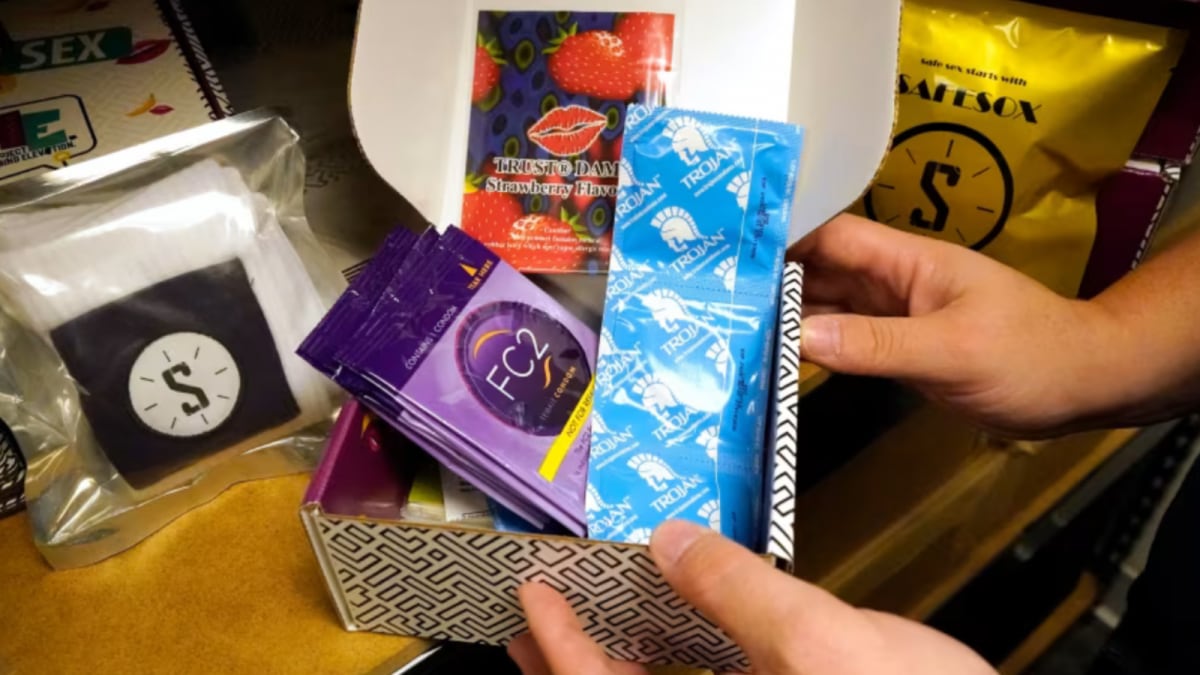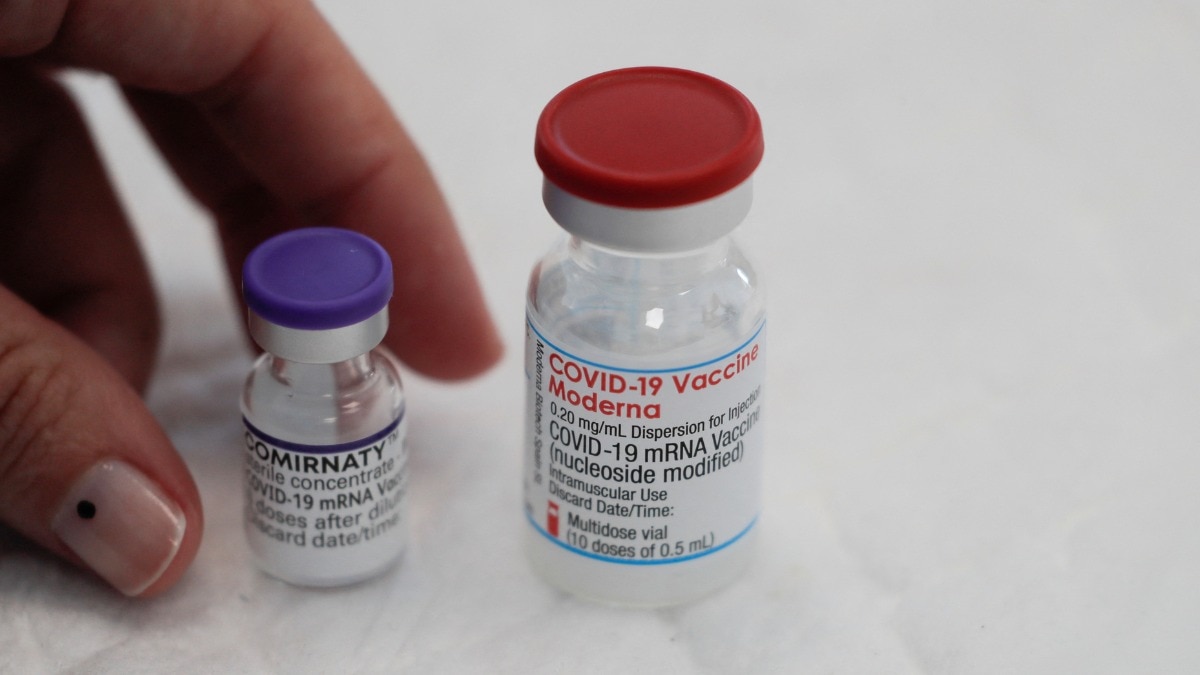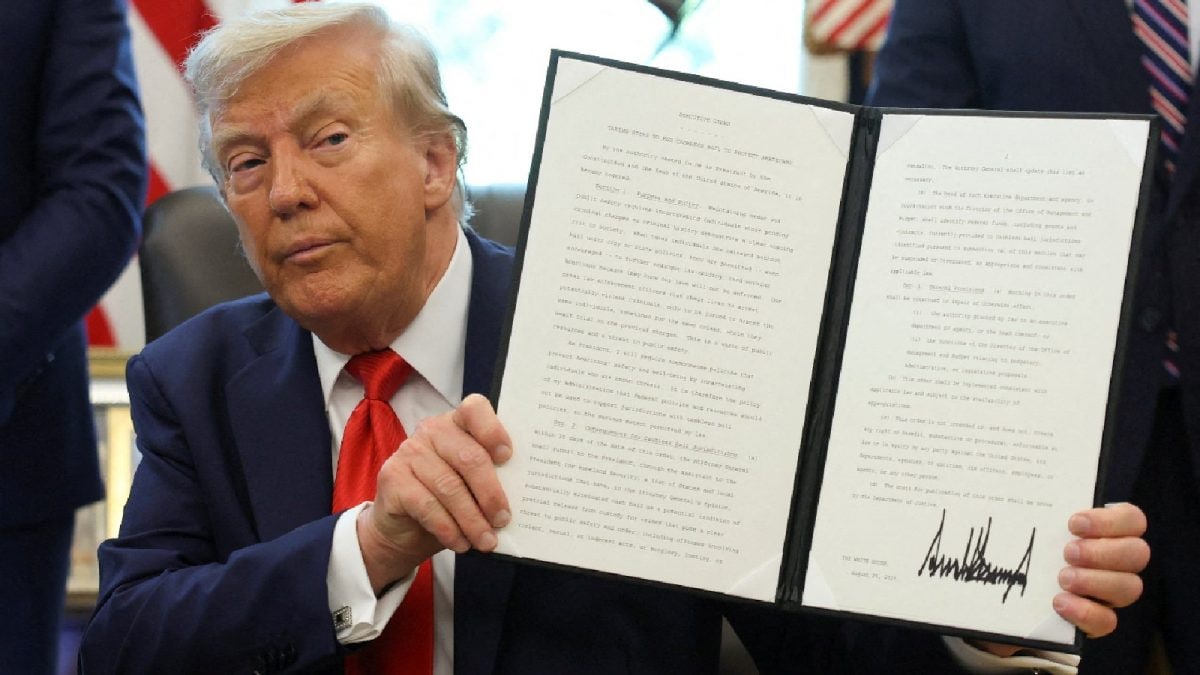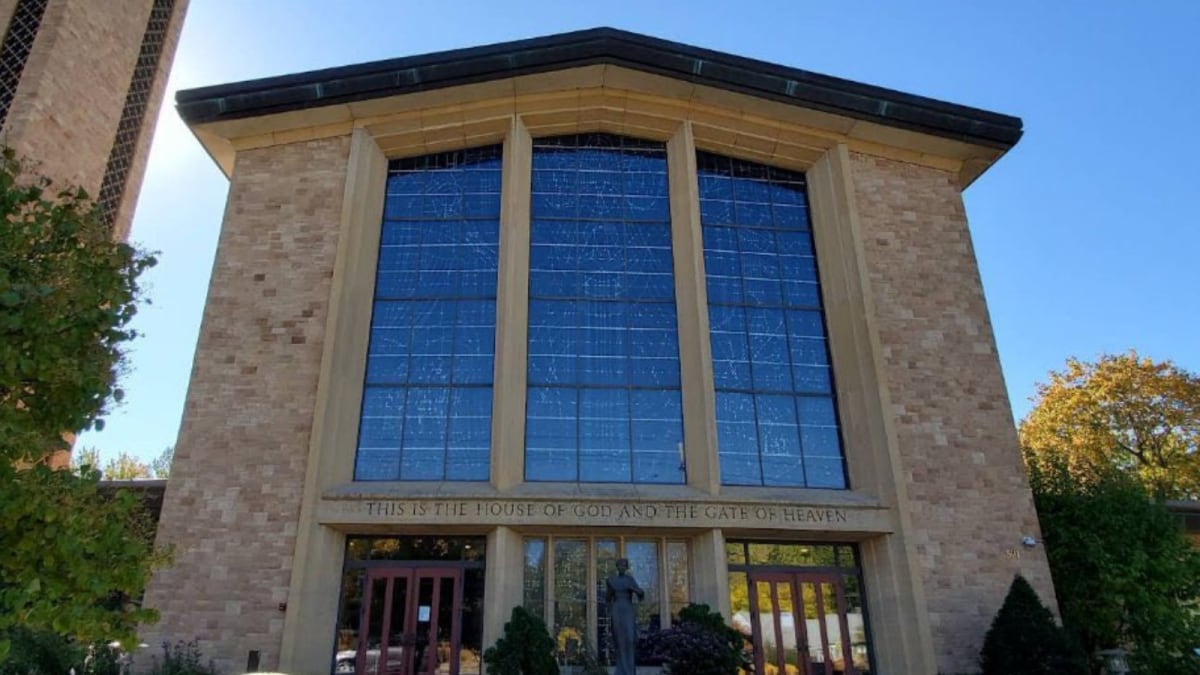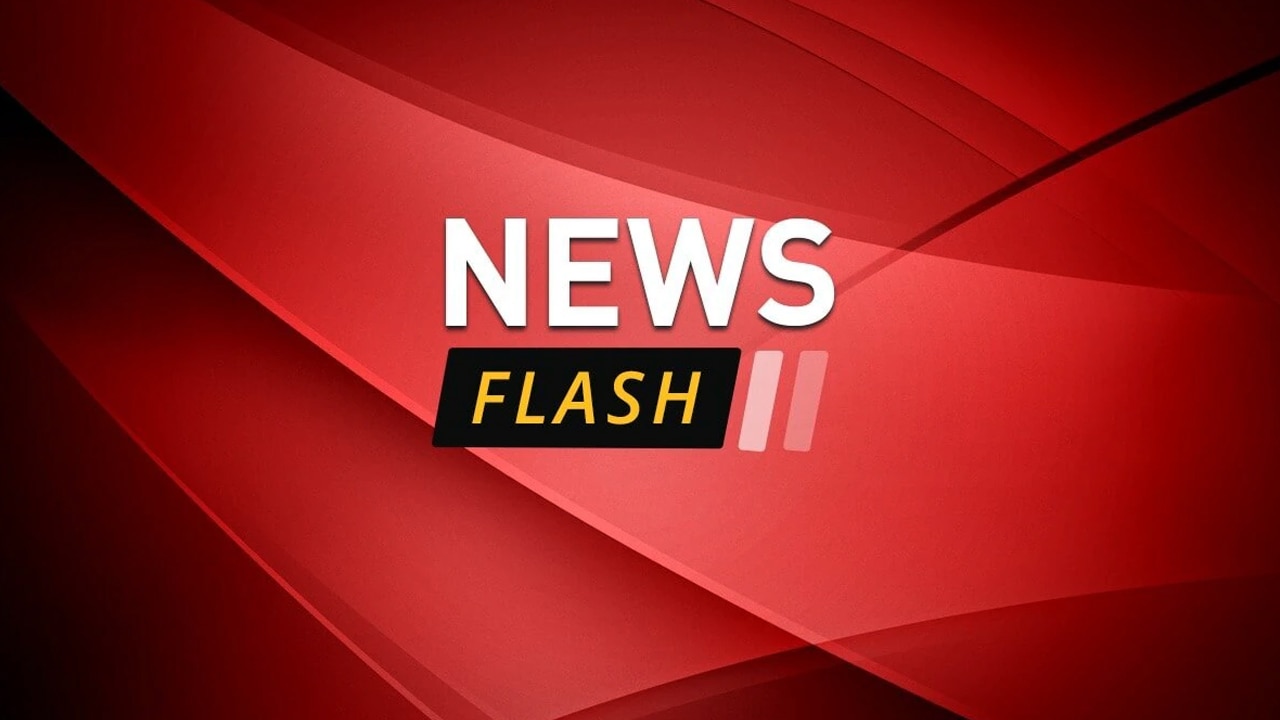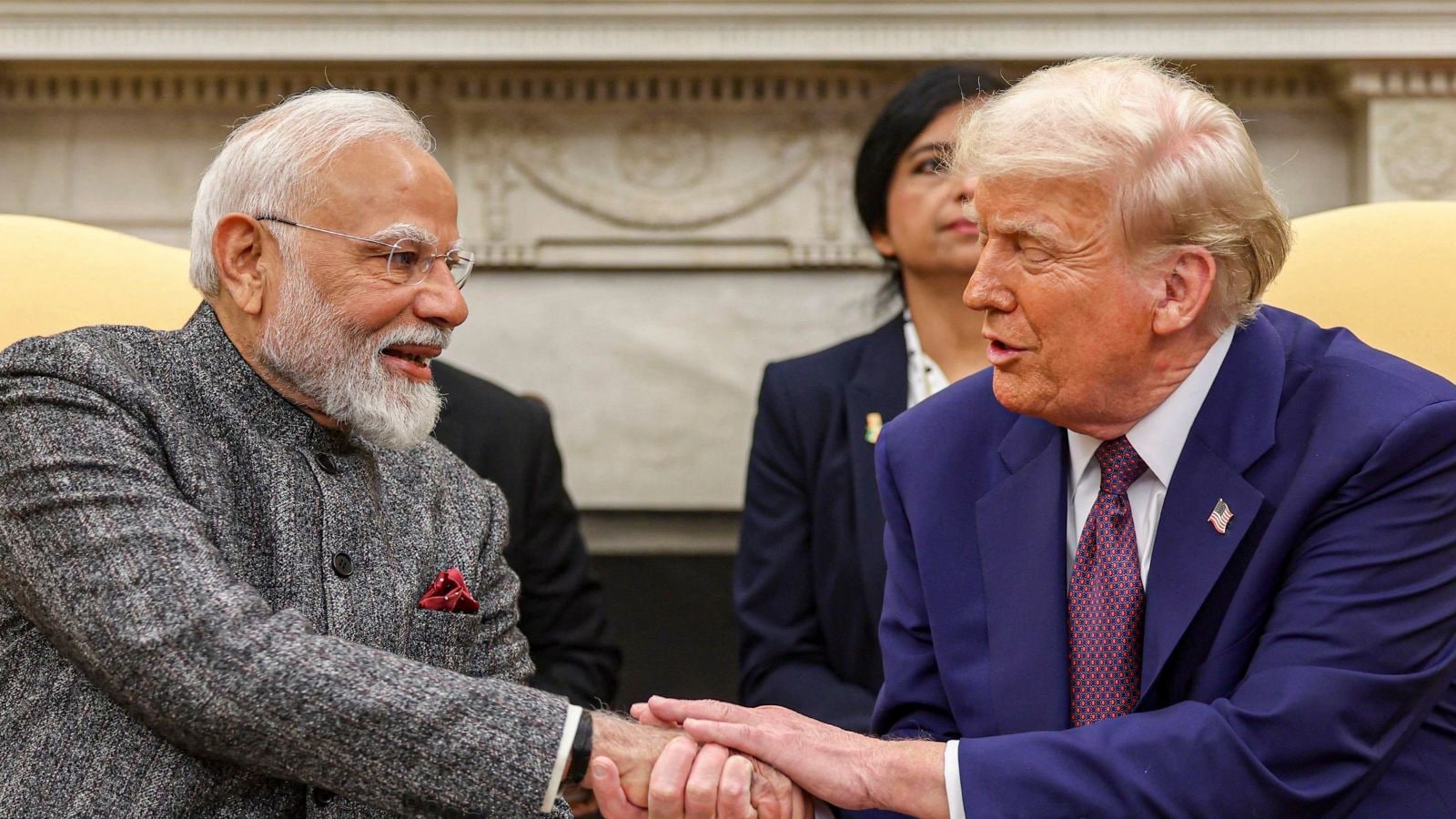Tariffs built America's empire, but history warns they can also backfire. Will Trump's gamble with India do the same?
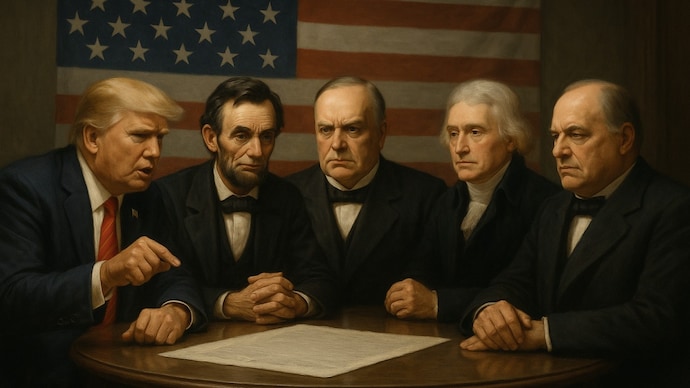
Trump was not the first US president to use tariffs as a tool (ai generated)
Donald Trump's recent announcement of 50% tariffs on Indian imports has sparked global attention, but this aggressive trade strategy is far from revolutionary. America has wielded tariffs as economic weapons for over two centuries, using them to protect domestic industries, fund government operations, and coerce foreign nations into compliance.
The story begins in 1789, when Congress passed the first Tariff Act to fund the fledgling nation and boost American manufacturing. From the outset, tariffs created deep divisions. Northern manufacturers celebrated the protection from foreign competition, whilst Southern farmers, dependent on imports and agricultural exports, viewed these duties as an unfair burden.
Thomas Jefferson, serving as president from 1801 to 1809, championed low tariffs to encourage free trade and keep goods affordable for the agrarian economy. His philosophy of limited government and minimal market interference stood in stark contrast to later protectionist leaders. Jefferson's Embargo Act of 1807, which halted maritime trade to avoid conflict with Britain and France, demonstrated early experiments with economic coercion, even if not through tariffs directly.
Henry Clay's "American System" fundamentally shaped 19th century protectionism through three pillars: protective tariffs, a national bank, and federally funded infrastructure. Clay argued that high tariffs would make imports costly, encouraging Americans to purchase domestic goods and reducing foreign dependence. This vision influenced Abraham Lincoln, who embraced tariffs as both an economic strategy and funding mechanism for the Civil War.
The Morrill Tariff of 1861, passed just before Lincoln's inauguration, raised rates from roughly 15% to 37.5%, later climbing above 47%. Lincoln's protectionist stance deepened the North-South divide, with industrial Northern states benefiting whilst the agrarian South bore disproportionate costs. In his first inaugural address, Lincoln even warned that refusal to pay tariffs could provoke military intervention.
William McKinley, whom Trump has cited as inspiration, made tariffs central to American policy. As chairman of the House Ways and Means Committee, he authored the McKinley Tariff Act of 1890, raising average import duties to nearly 50%. The goal was protecting emerging industries like steel, textiles, and tin from foreign "pauper labour." His later Dingley Tariff of 1897 set rates near 57%, the highest in American history.
The 1930 Smoot-Hawley Tariff demonstrated the risks of overreach. Steep duties on over 20,000 goods triggered global retaliation, slashing international trade and worsening the Great Depression. Imports fell 40% in two years, proving that tariffs could damage the home economy whilst punishing others.
During the Cold War, America complemented tariffs with sanctions, targeting adversaries like Cuba, the USSR, and North Korea through embargoes and asset freezes. The 21st century brought renewed tariff wars with China's rise, as successive administrations imposed duties over subsidies, intellectual property theft, and currency manipulation.
Trump's current tariffs on India, particularly those tied to Russian oil purchases, follow this centuries-old playbook of using economic tools to pressure and coerce. However, India's response through tax reforms, industrial promotion, and self-reliance campaigns demonstrates that strategic policy can neutralise even sharp tariffs. History suggests that tariffs only succeed when the target nation is weak or dependent. India's defiance exemplifies how nations can resist American economic pressure whilst protecting their sovereignty.
- Ends
Published By:
indiatodayglobal
Published On:
Aug 27, 2025

 2 hours ago
2 hours ago

